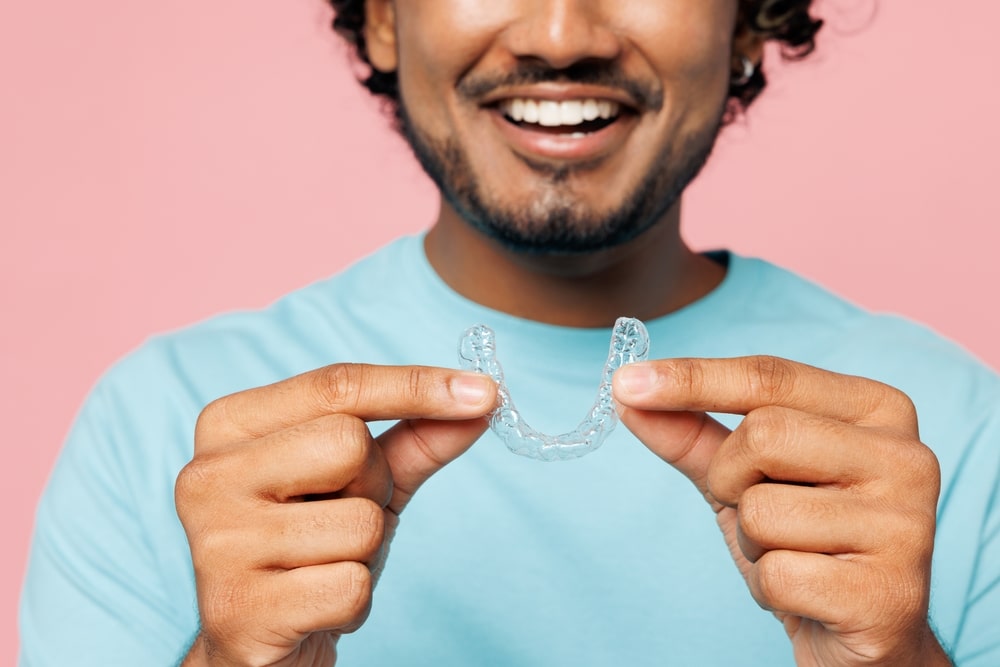When it comes to your child’s health, every decision matters—especially decisions about dental care. One topic that often raises questions is fluoride. Is it really safe for kids? Does it help protect their teeth or just add unnecessary chemicals to their routine?
Let’s break down what fluoride is, why it’s used, and whether it belongs in your child’s dental care plan.
What Is Fluoride?
Fluoride is a natural mineral found in water, soil, and some foods. It’s been widely used in dentistry for decades because of its powerful cavity-fighting properties.
Fluoride helps:
- Remineralize tooth enamel
- Slow down acid damage from plaque and sugars
- Prevent early signs of tooth decay from progressing
It’s most commonly found in toothpaste, mouth rinses, and in some cities, public drinking water.
Why Kids’ Teeth Are More Vulnerable
Children’s teeth are still developing. That means:
- The enamel (the protective outer layer) is softer and more prone to decay.
- Kids are often not brushing thoroughly or consistently.
- Their diets may include more sugary snacks and drinks.
All of this makes fluoride especially important during the early years when baby teeth and then adult teeth are forming and erupting.
The Benefits of Fluoride for Children
1. Cavity Prevention
Fluoride has been shown to reduce cavities by as much as 25% in children and adults. That’s a big deal—especially considering that tooth decay is one of the most common chronic conditions in kids.
2. Strengthening Developing Teeth
Fluoride not only protects existing teeth but also helps developing teeth form stronger enamel before they even emerge. That’s why it’s often recommended for children starting from infancy.
3. Affordable and Accessible Protection
Whether it’s through fluoridated water or fluoride toothpaste, this mineral provides an easy, low-cost way to help protect your child’s smile—no extra appointments or fancy treatments are needed.
Is Fluoride Safe for Kids?
This is the big question for many parents. The short answer is yes, fluoride is safe when used correctly.
Understanding the Risks
Too much fluoride during early childhood can lead to a condition called dental fluorosis. It’s not harmful to health but can cause white spots or streaks on teeth. This usually happens if kids swallow too much toothpaste or take unnecessary fluoride supplements.
To avoid this:
- Use only a rice-sized smear of toothpaste for children under 3.
- Switch to a pea-sized amount around age 3–6.
- Supervise brushing to make sure kids aren’t swallowing toothpaste.
- Avoid giving fluoride supplements unless advised by a dentist.
When used in the right amount, fluoride is both effective and safe.
Common Myths About Fluoride
“Fluoride is toxic.”
Anything in excessive amounts can be toxic—including water and oxygen. Fluoride is carefully regulated, and the levels used in water and dental products are well below harmful limits.
“Kids don’t need fluoride if they brush well.”
Even with perfect brushing, fluoride gives extra protection—especially in young kids who may miss spots or eat more sugary snacks.
“Natural toothpaste without fluoride is safer.”
Natural toothpaste can be a good option for families avoiding certain ingredients, but it usually doesn’t provide the same protection against cavities. Fluoride works by strengthening enamel and making teeth more resistant to decay—something most natural formulas don’t do. Even if kids brush twice a day, skipping fluoride may leave their teeth more vulnerable to cavities, especially during the early years.
When Should Kids Start Using Fluoride?
Here’s a simple timeline:
- Infants (under 1 year): If your water is not fluoridated, ask your dentist whether fluoride drops or varnishes are needed.
- Toddlers (1–3 years): Begin brushing with a rice-sized amount of fluoride toothpaste.
- Preschoolers (3–6 years): Use a pea-sized amount and make sure they spit, not swallow.
- Older children: Continue brushing with fluoride toothpaste twice a day.
Your pediatric dentist can also apply fluoride varnish during checkups for added protection.
Fluoride in Water: Should You Be Concerned?
Fluoridated water has been used for over 75 years in the U.S. Studies consistently show that communities with fluoridated water have lower rates of tooth decay.
If you’re concerned about fluoride levels in your local water:
- Check with your city’s water department or local health agency.
- Use water filters that don’t remove fluoride if you rely on tap water for brushing or drinking.
- If you’re using well water, have it tested—some natural sources may have too much or too little fluoride.
Book Your Child’s Appointment Today
At Wedgewood Dental, we know how important it is to keep your child’s smile healthy from the very start. If you’re looking for a trusted pediatric dentist in Rolla, we’re here to help.
Our team is experienced in caring for young patients and guiding parents through every stage of oral development. We’ll help you understand what’s best for your child—including how and when to use fluoride.
Ready to schedule your child’s visit with a friendly, experienced Rolla dentist? Contact Wedgewood Dental today and give your child the gift of strong, healthy teeth that last a lifetime.



